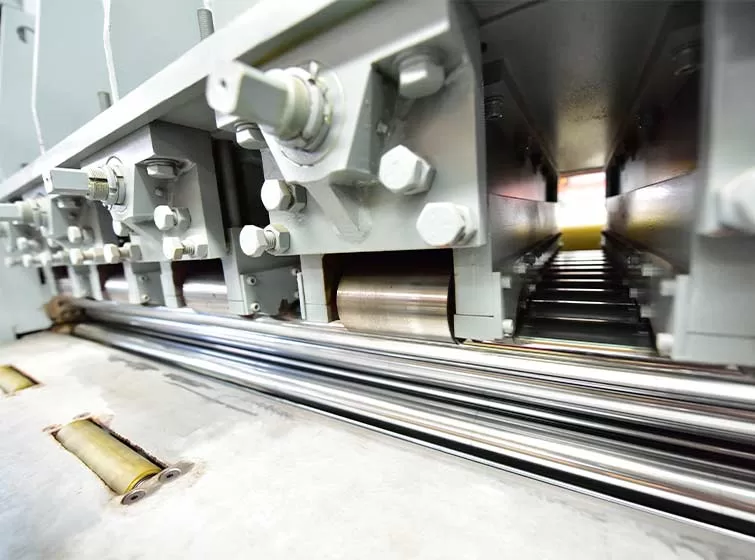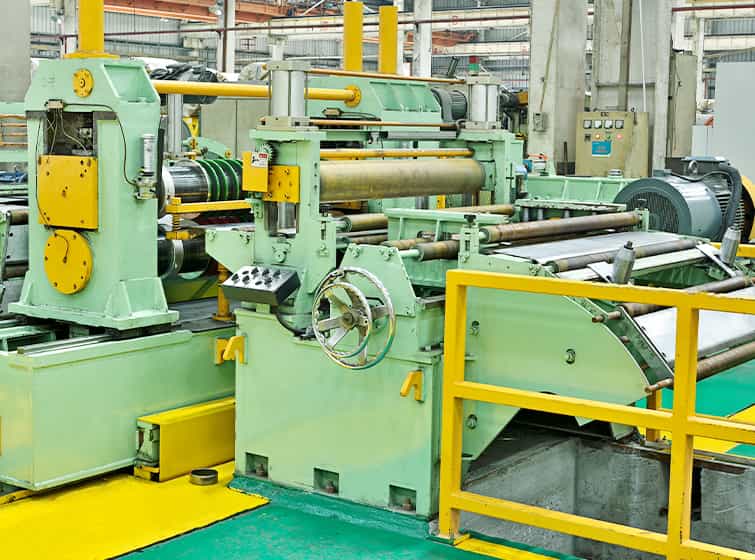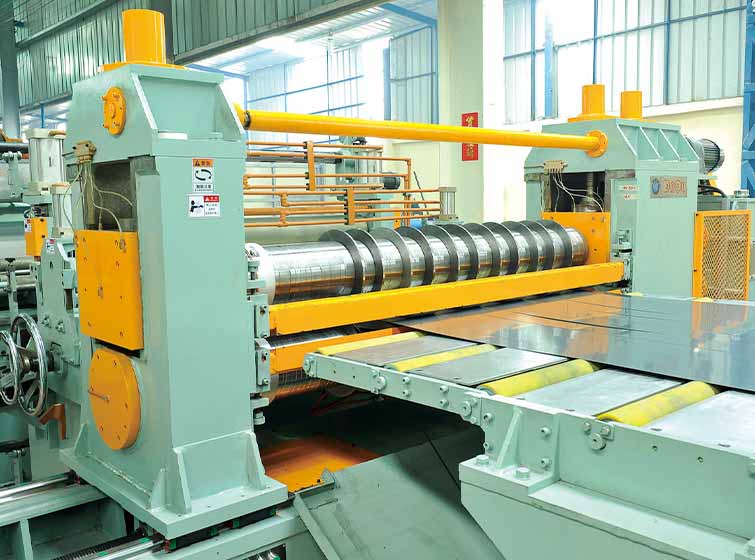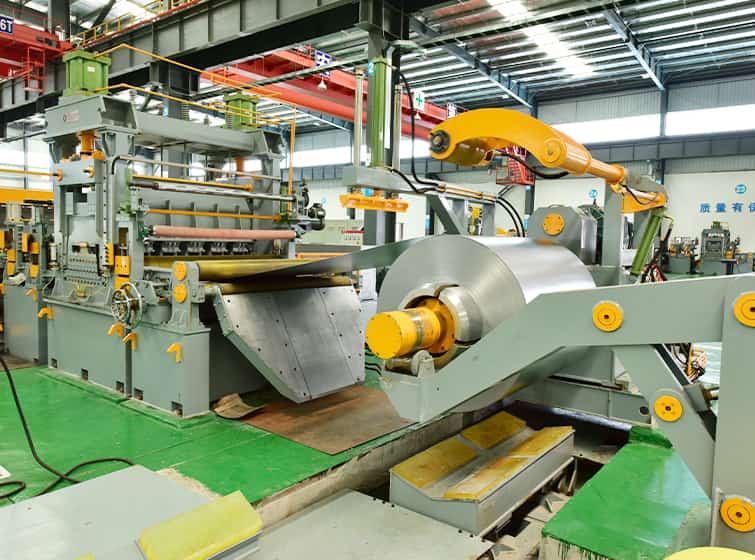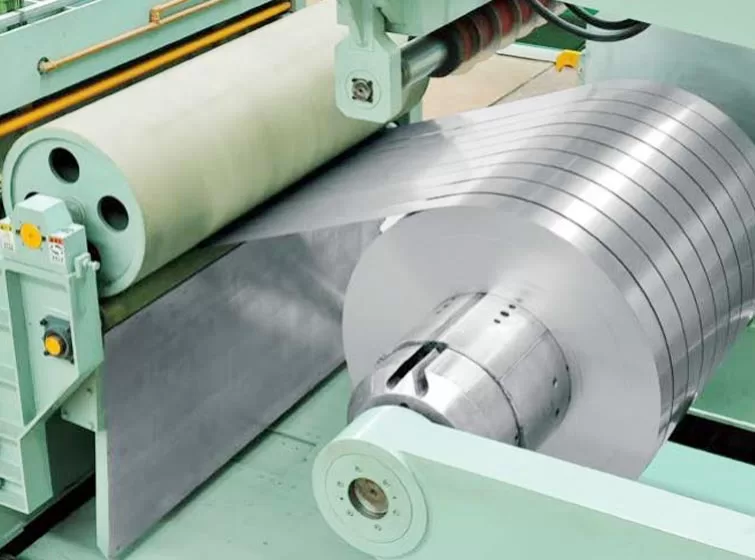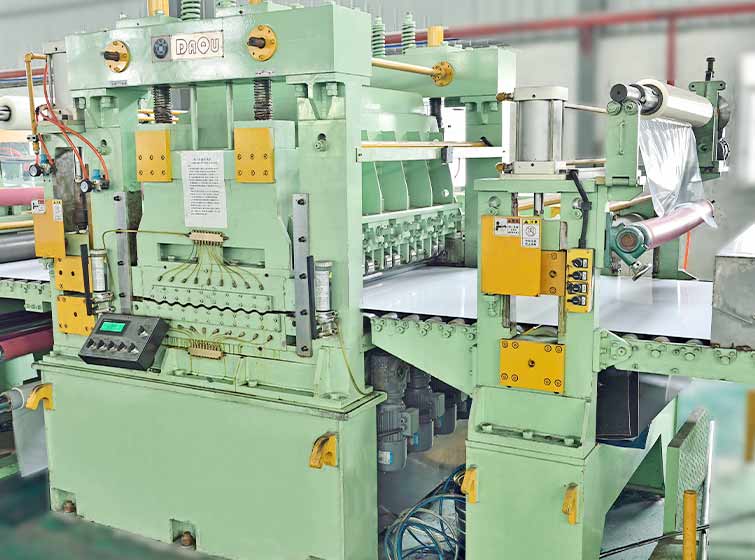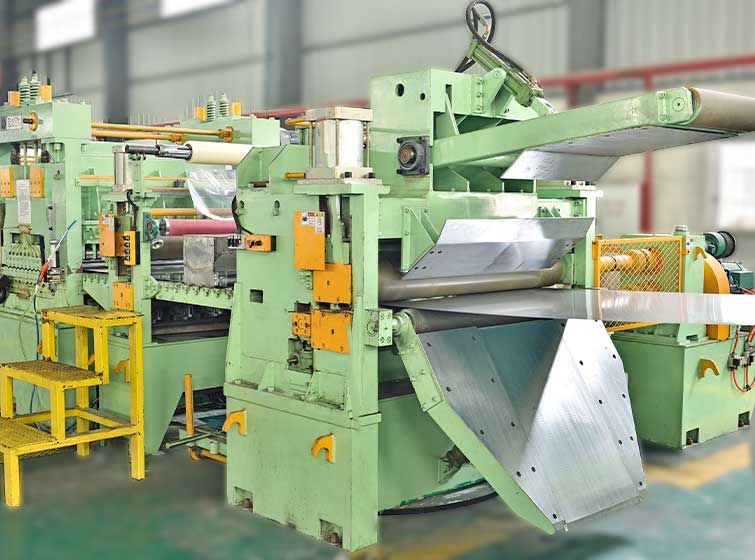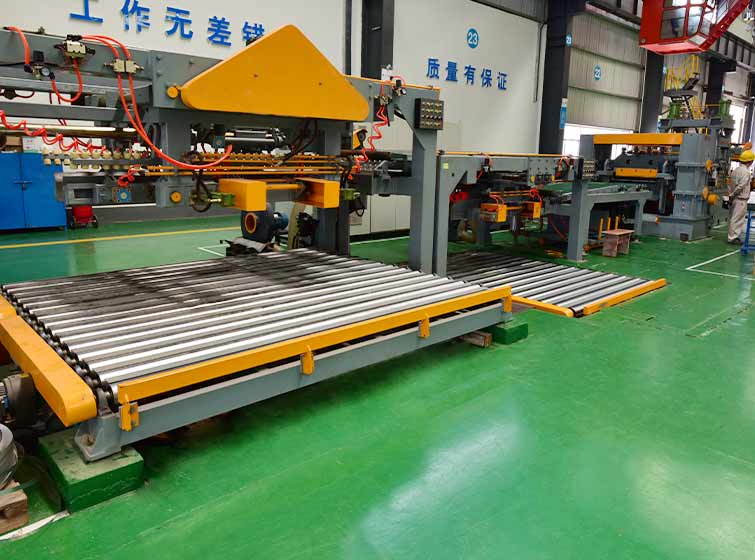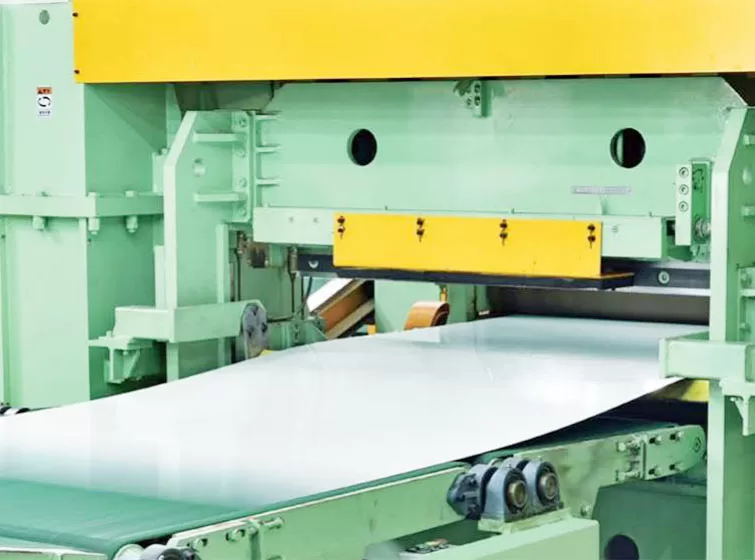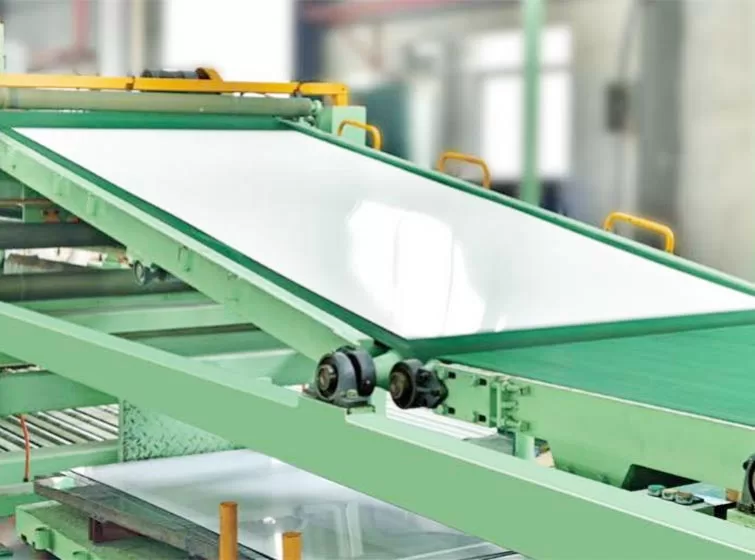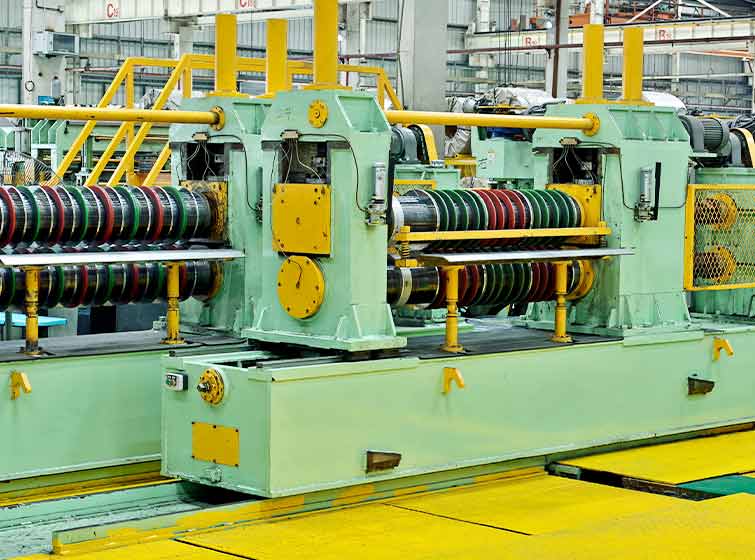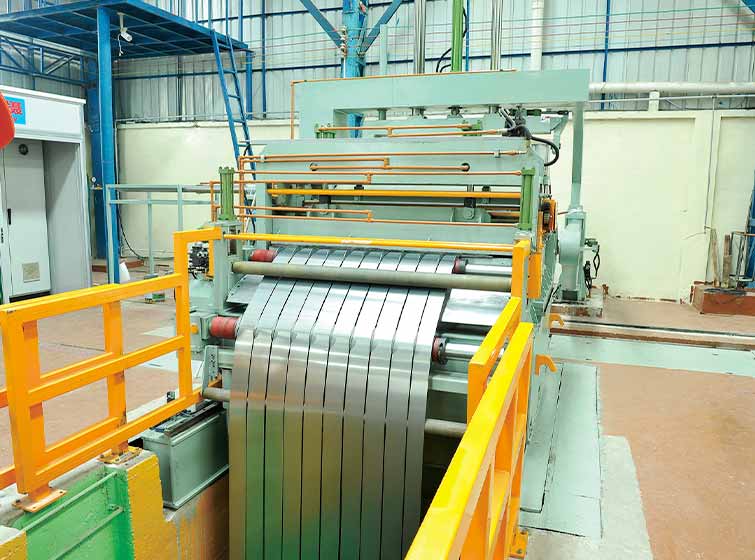Products
The Benefits of Automation in Steel Cut-to-Length Lines
In the modern steel industry, automation has become an essential aspect of achieving efficiency and productivity in cut-to-length lines. By automating various processes, manufacturers can streamline production, reduce costs, and enhance product quality. This article explores the multifaceted benefits of automation in steel cut-to-length lines, providing insights into its advantages and how it can transform the industry.
Enhanced Efficiency
Automation significantly improves the efficiency of cut-to-length operations. Automated systems can perform repetitive tasks such as measuring, cutting, and sorting steel with high precision and speed. This eliminates manual labor, reducing the risk of errors and increasing the overall throughput rate. By automating these tasks, manufacturers can reduce production time and increase capacity without compromising quality.
Reduced Costs
One of the primary advantages of automation is the reduction in production costs. Automated systems eliminate the need for skilled labor in many areas, resulting in lower labor costs. Additionally, automation optimizes material usage by minimizing waste and maximizing yield. By reducing labor and material costs, manufacturers can achieve significant cost savings and improve their profitability.
Enhanced Precision and Quality
Automation ensures a high level of precision and quality in the production process. Automated systems utilize advanced sensors and control algorithms to maintain accurate measurements and cut parameters. This eliminates human error and ensures that steel products meet precise specifications. Moreover, automation can continuously monitor and adjust production settings to optimize quality and consistency.
Improved Safety
Automation enhances safety in the workplace by eliminating hazardous manual operations. Automated systems can perform tasks in dangerous or inaccessible areas, reducing the risk of injuries to workers. Furthermore, automated systems can monitor safety parameters such as temperature and vibration, ensuring a safe operating environment.
Reduced Downtime and Maintenance
Automation significantly reduces downtime and maintenance requirements. Automated systems are designed for continuous operation, minimizing the need for manual interventions. They also enable predictive maintenance by monitoring performance parameters and identifying potential issues before they escalate into breakdowns. This proactive approach reduces unplanned downtime and ensures a smooth production flow.
Integration with Other Systems
Automated cut-to-length lines can be easily integrated with other plant systems, such as inventory management, material handling, and quality control systems. This integration provides real-time data exchange and optimizes production processes. It enables manufacturers to react quickly to changes in demand, reduce inventory levels, and track product quality throughout the production line.
Automation in steel cut-to-length lines offers a wide range of benefits, including enhanced efficiency, reduced costs, improved precision and quality, enhanced safety, reduced downtime and maintenance, and integration with other systems. By embracing automation, manufacturers can transform their operations, increase productivity, reduce costs, and meet the evolving demands of the industry. As technology continues to advance, the benefits of automation will continue to expand, making it an indispensable tool for the future of steel production.
